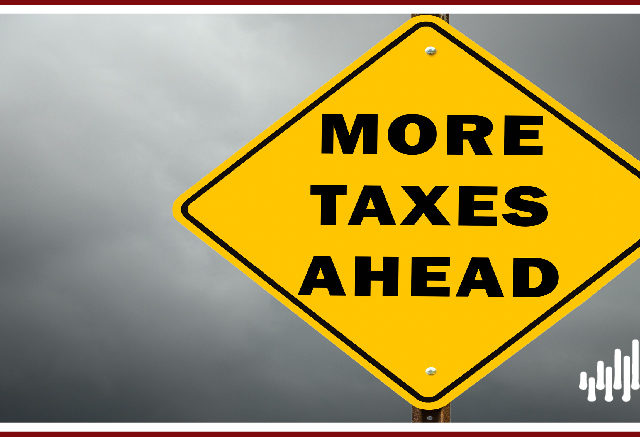- Home
- Publications
- What Accounts For The Union Member Advantage In Voter Turnout? Evidence From The European Union, 2002-2008
What Accounts for the Union Member Advantage in Voter Turnout? Evidence from the European Union, 2002-2008
 Pub. Date
Pub. Date
 Pub. Type
Pub. Type
Downloads
NIESR Discussion Paper No.428Authors
External Authors

Gomez, R.

Kretschmer, T.

Willman, P.
Related Themes
Labour, Employment and WagesPaper Category Number
428
Across countries, union membership and voter turnout are highly correlated. In unadjusted terms union members maintain a roughly 0.10 to 0.12 point gap in voting propensity over non-members. We propose a model – with three causal channels -- that explains this correlation and then empirically tests for the contribution of each channel to the overall union voting gap. The first channel by which union members are more likely to vote is through the so-called “monopoly-face” of unionism whereby unions increase wages for members and higher incomes are a significant positive determinant of voting. The second is the “social custom” model of unionism whereby co-worker peer pressure creates incentives for union members to vote alongside fellow members. The third channel is based on the “voice-face” of unionism whereby employees who are (or have been) exposed to collective bargaining and union representation at the workplace are also more likely to increase their attachment to democratic engagement in society at large. We test to see how much of the raw “union voting gap” is accounted for by these three competing channels using data from 29 European countries. We find that all three channels are at work, with voice accounting for half of the overall gap and the other two channels (monopoly and social custom) each accounting for about a quarter of the overall union voting gap.
Related Blog Posts

Breaking Down the Different Types of Pension in the UK
Robyn Smith
Adrian Pabst
25 Mar 2024
6 min read

What Are the Implications of the Rising National Minimum Wage and National Living Wage Rates?
Ekaterina Aleynikova
Adrian Pabst
19 Mar 2024
5 min read


How Changes in Migration Policy Could Boost Scotland’s Economy
Max Mosley
Ekaterina Aleynikova
18 Dec 2023
3 min read
Related Projects
Related News


Press Release: Compositional effects push up average weekly earnings at the end of 2020
26 Jan 2021
2 min read
Press Release: 2020 shaping up to be the worst year for total pay growth since 2009
15 Dec 2020
2 min read
Related Publications


The Nature of the Inflationary Surprise in Europe and the USA
21 Mar 2024
Discussion Papers

Pay-Setting Among Employers in the Agriculture, Cleaning, Hospitality and Retail Sectors
11 Mar 2024
Research Report

Energy and Climate Policy in a DSGE Model of the United Kingdom
08 Mar 2024
Discussion Papers
Related events

Improving the Recruitment of Older Workers





